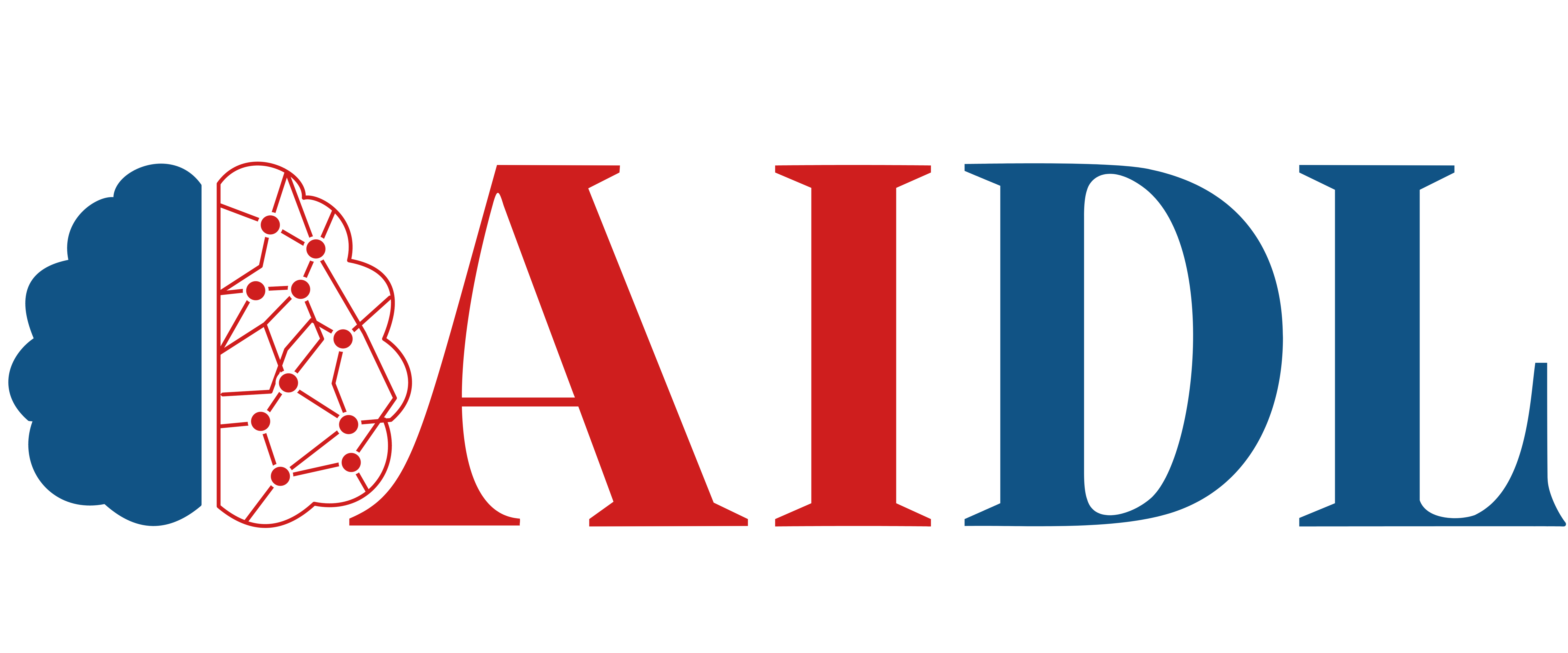
Platforms for AI and Python programming
AIDL_A03
In this course, students will examine various topics related to the hardware and software of Artificial Intelligence. In particular, all the popular available platforms will be presented in order the students to choose the most suitable platform for each specific application. Moreover, for each platform, the related development ecosystems will be presented. Next, the students will become familiar with Python language and its capabilities in the context of developing artificial intelligence and machine/deep learning applications.Through development environments, such as Jupyter notebook ID, students will examine various subjects such as data analysis, data visualization, machine learning, and parallel data processing.
- ΑΙ/DL platforms for Data Centers, Cloud, Edge, and Autonomous Machines
- Edge AI platforms like Jetson Nano and Raspberry Pi (toolchains, Operating Systems, Memory Setups, Power Considerations)
- Introduction to Python (function, classes, for loops, if statements, conditionals, while loops, and arrays.)
- ScientificPythonlibraries (NumPyandScipy)
- Dataanalysis/wrangling using pandas (PythonDataAnalysisLibrary)
- Datavisualizationwith python (Matplotlib, Seaborn, Bokeh)
- Machinelearningframeworkscikit-learn
- Deeplearningframeworks (PyTorch, andTensorFlow/Keras)
- GPUparallel programming withPyCUDA
This course is using project-based assessment. Students are asked to complete a project on the implementation of an application of Artificial Intelligence and Machine/Deep Learning in Python language using the proper libraries and execution/operation on a selected hardware platform. Topics of projects are the result of case studies which will are presented during the semester. Depending on the selected topic, students may be asked to submit accompanying short reports. Course grade is based on the completeness of the project solution and the related short reports (100% of the grade based on the completeness of the solution if no report is asked, else 80% of the grade based on the completion of the solution and 20% from the report assessment).
- Evaluate the appropriateness of various hardware and software platforms for particular AI applications, showcasing the capacity to make well-informed decisions considering the features and capabilities of each platform.
- Demonstrate a high level of competence in utilizing the Python programming language, illustrating the ability to effectively employ it in creating applications related to artificial intelligence, machine learning, and deep learning.
- Conduct data analysis and manipulation utilizing development environments like Jupyter notebook ID, showcasing proficiency in tasks such as data analysis, data visualization, and parallel data processing.
- Choose and employ suitable development ecosystems for selected platforms, demonstrating the capacity to navigate and operate effectively within the chosen software environments.
- Apply machine learning concepts and techniques effectively within the chosen development environments, demonstrating proficiency in implementing machine learning algorithms.
- Explore data visualization methods and tools to effectively represent and communicate insights from data within the context of AI and machine/deep learning applications.
Course Features
Course type: Major
Semester: 1st
ECTS: 6
Duration: 13 weeks
Courses: In class lectures + online
Language: English
Assessment: Project based
Instructors
